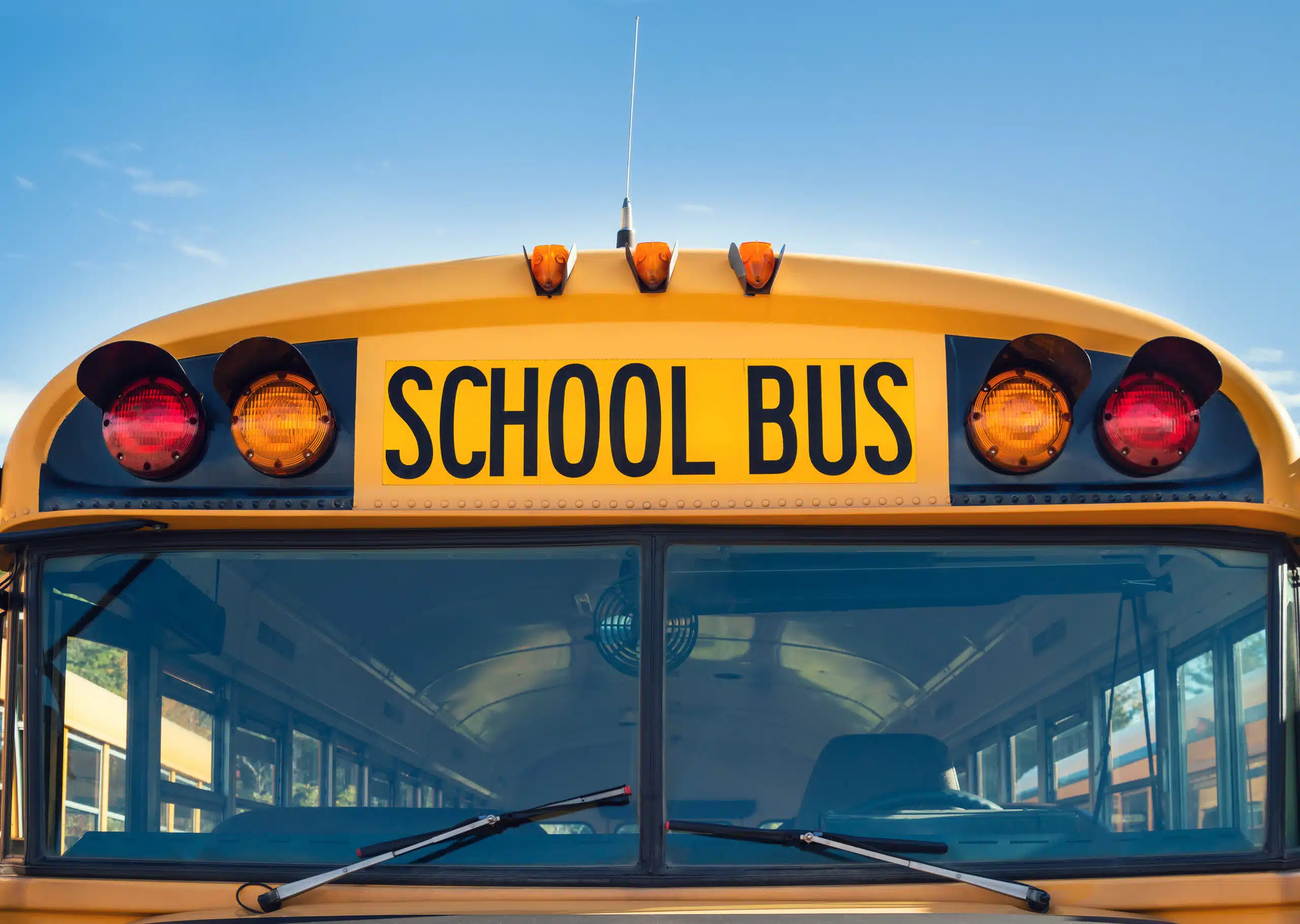Today’s students have a big advantage over generations past: There is a school that meets the needs of almost every child and their learning style. From online schools and virtual learning academies to magnet and cooperative schools, here are some of the most popular alternative schools to help you find the best one for your child’s needs.
Charter Schools
What They Are: Charter schools are publicly funded, and operate independently from the traditional public school system. These schools are often known for their unique approach to education, which can include specific teaching philosophies or methods. Each charter school has a charter (or contract) that outlines the school’s goals, mission and programs, and are held accountable for meeting those standards.
Who They’re For: Charter schools are open to all students, regardless of their background or where they live. They provide families with an alternative to the traditional public school system and offer a variety of educational choices. Charter schools often cater to students who might benefit from a specialized curriculum or teaching approach not available in traditional public schools.
Cooperative Schools
What They Are: These parent-participation schools are designed so that parents help in the classroom and work side-by-side with the teacher. Unlike traditional schools, where teachers and administrators handle all aspects of a child’s education, cooperative schools encourage parents to take on roles and responsibilities in the classroom. Cooperative schools often have a strong sense of community, and families can easily build connections with other families in the school.
Who They’re For: Cooperative schools are ideal for families who want a more child-centered, experiential school for their children. At a co-op, parents have the unique opportunity to directly contribute to their child’s education by volunteering in various roles within the school.
Magnet Schools
What They Are: Magnet schools are public schools that have a specific focus, such as STEM, world languages or performing arts. These schools are designed to attract students who have a strong interest or ability in a particular subject area. Magnet schools often offer unique learning opportunities, such as advanced courses, research opportunities or specialized resources, to enhance their students’ education in that area.
Who They’re For: Magnet schools are great for students who have a strong interest or talent in a specific subject. These schools are a great way to immerse students in their interests.
Montessori Schools
What They Are: Montessori schools follow the teaching philosophy developed by Italian educator Dr. Maria Montessori. These schools prioritize curiosity and independence in children, and emphasize self-directed learning, hands-on activities, collaborative play and individualized instruction. Montessori schools often have mixed-age classrooms and a focus on practical life skills.
Who They’re For: Montessori schools are designed for kids of varying ages, typically from preschool to elementary school. These schools are ideal for children who thrive in independent and self-directed learning environments, where they can explore their interests at their own pace. Kids who learn best with hands-on and experiential learning might be drawn to a Montessori classroom.
Virtual and Online Schools
What They Are: Virtual schools — also called online schools or distance learning — are similar to homeschooling, in that a student doesn’t go to a physical, brick-and-mortar school. Instead, students are taught by teachers online, from the comfort of their own home, while parents assist when needed. Virtual learning became popular during the pandemic, when many schools paused in-person learning, but it continues to be a popular option for many families today.
Who They’re For: Online school is great for families who need flexibility. You can typically set up a routine that works with your child’s learning preferences, such as adding more breaks throughout the day. It also allows for more time for extracurricular activities or traveling. Another big bonus is that the pace of the school is set by the student, so kids can learn at their own speed.
Waldorf Schools
What They Are: Waldorf schools offer a holistic approach to education. They aim to develop a child’s intellectual, artistic and practical skills with hands-on and experiential learning. They focus on classroom experiences that integrate the arts into all academic disciplines, including science, social studies, math, and humanities.
Who They’re For: Waldorf schools typically serve kids ranging from preschool to 12th grade. These schools are great for kids who like to incorporate the arts into their le







